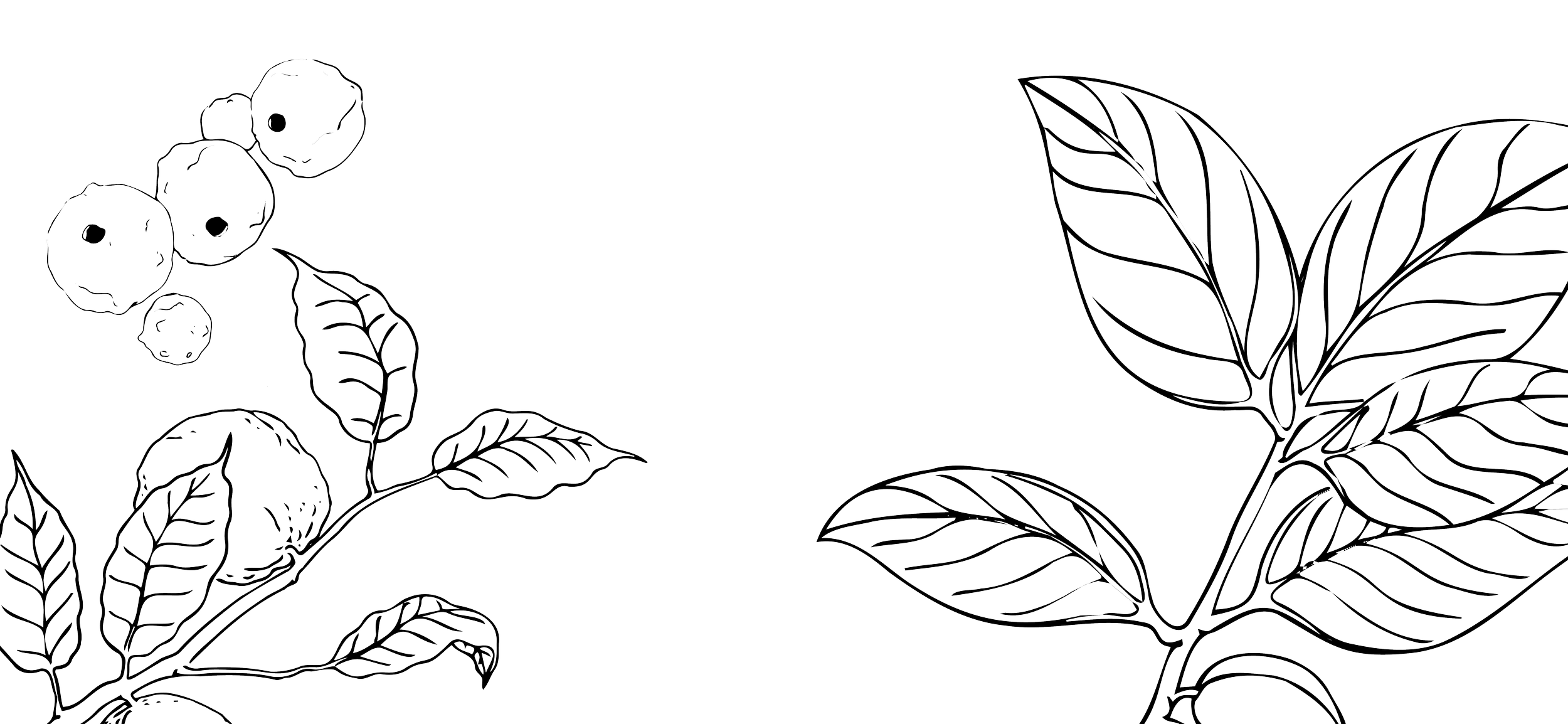COMMAND KEEPS IT SIMPLE
From start to finish, we process the fibers and textiles as little as we can with as few ingredients as possible. It’s our brand’s promise.
Do you know what ingredients are in your clothing?
FIBER CONTENT VS TOTAL INGREDIENTS
Sure, you probably know the fiber content - wool, cotton, polyester, nylon, etc - because companies are required to provide that information to the customer. However, in addition to the fiber content, there are also thousands of other chemicals used in the manufacturing, dyeing and finishing processes of the textile industry that are not saved or tracked throughout the fabrication of a garment.
SYNTHETIC CHEMICALS ARE THE NORM
It has been estimated that the textile industry uses 40,000 - 60,000 synthetic chemicals to create the fibers and fabrics that make up most of the clothing sold today. Fashion brands themselves often do not know all of the chemicals that are blended in the materials to make their clothing and accessories.
PETROCHEMICALS AND MICROPLASTICS
Most of these synthetic fibers and treatments are based in petrochemicals. Not only are they harmful to the planet and workers during the manufacturing process, but they continue to pollute the natural environment and create potential adverse health conditions for the people who wear them.
You know those microplastics that have been discovered in the far depths of the ocean and deep into rainforests? Studies estimate that 35% of those microplastics are a result of synthetic microfibers that shed from our clothing as we wear and wash them.
An estimated half million tons of plastic microfibers end up in the ocean every year - the equivalent of 50 billion plastic bottles. Once present in our environment, microfibers cannot be extracted from the ocean or the soil.
THE LONG LEGACY OF SYNTHETIC FIBERS
Oil-based fibers like polyester can take up to 200 years to decompose1 (!!!), while natural fibers like hemp, linen, cotton and wool biodegrade anywhere from one week up to a few months2 depending on the soil conditions. Natural fibers also provide nutrients to the soil as they break down rather than spread toxins contained in synthetic fibers.











